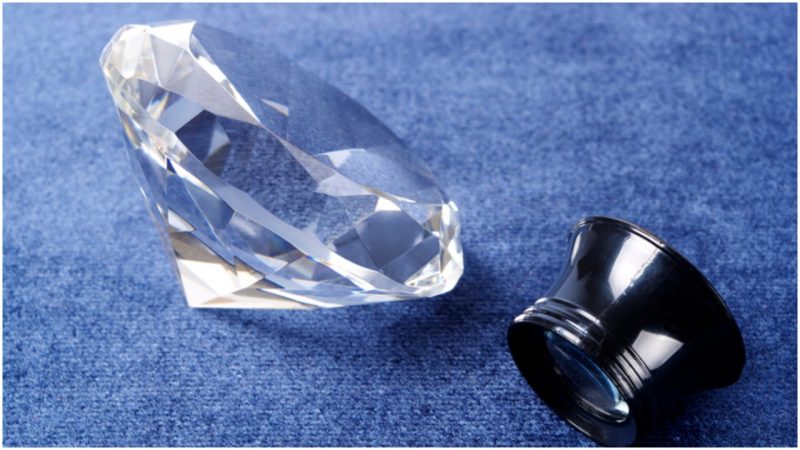The Hope Diamond is one of the most famous jewels in the world thanks to both its size and its remarkable blue color. The cut gem is more than 45.5 carats and is one of the very few known blue diamonds in the world.
In its more than 400 years of known history it has passed through many hands and lives before coming into the care of the Smithsonian Institution. The diamond is currently housed at the National Museum of Natural History in Washington, D.C.
Between its unique attributes and the rumors of it carrying a curse, it has long been not only one of the most famous gems in the world, but also one of the most valuable.
But that might be about to change.
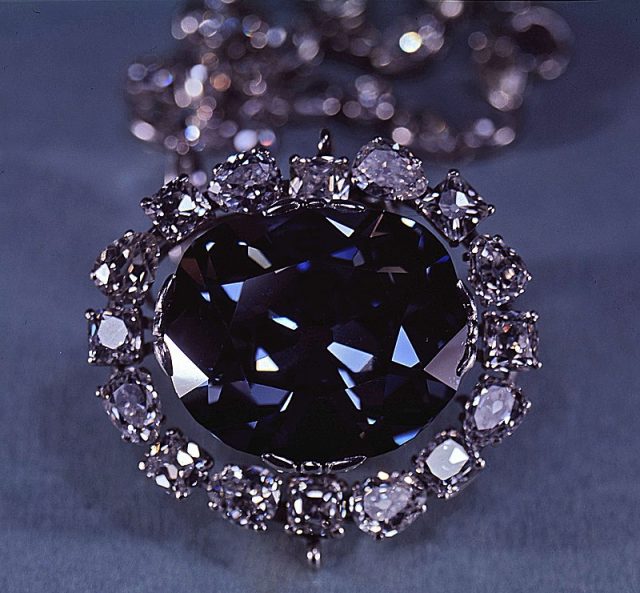
Earlier this month, the country of Botswana presented its own enormous blue diamond to the public, according to CNN. The Okavango Blue made its appearance in Gaborone, offered by the Okavango Diamond Company which is owned by the state.
It was mined at the Orapa mine, and the rough stone was 41.11 carats when it was extracted, making it the largest blue diamond ever found in Botswana.
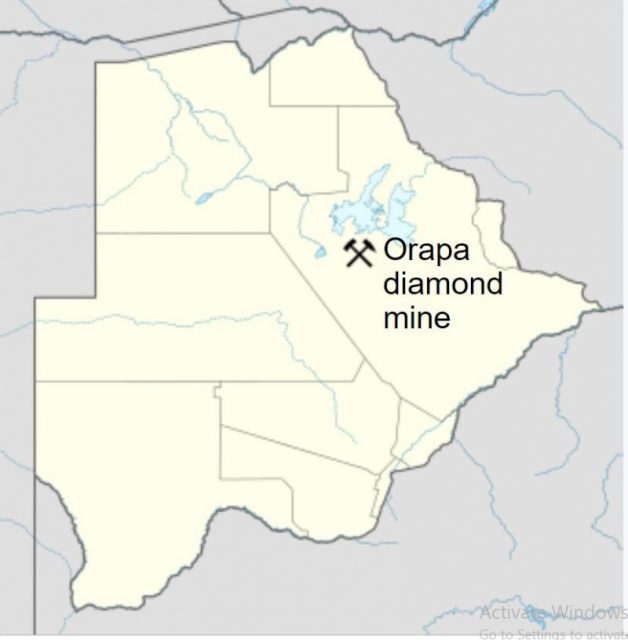
To make a statement about the rarity and potential value of the find, consider the following: it takes about 10,000 carats of ore extracted from a diamond mine to find 10 carats of gem-quality white diamonds.
For the same quantity of ore you might find 1 carat’s worth of fancy colored diamonds. That includes every possible colored diamond, not just the blues.
Blue diamond, the Okavango Blue, unveiled in Botswana https://t.co/JajtX7Tvj8 pic.twitter.com/7nfoiLBcGh
— Newsreet (@Newsreet_com) April 22, 2019
Of all the possible different colors for natural diamonds, blues are the second rarest, coming only after red diamonds. A medium-toned one carat blue diamond can sell for an average of about $200,000.
Similar to the Hope Diamond, which was found in India, the Okavango diamond is a type IIb “fancy blue” stone. Its unusual blue color comes from the presence of boron atoms in the stone’s matrix.
The cut stone is significantly smaller than the Hope Diamond, coming in at a measly 20.46 carats, but what sets it apart from its older cousin is its clarity.
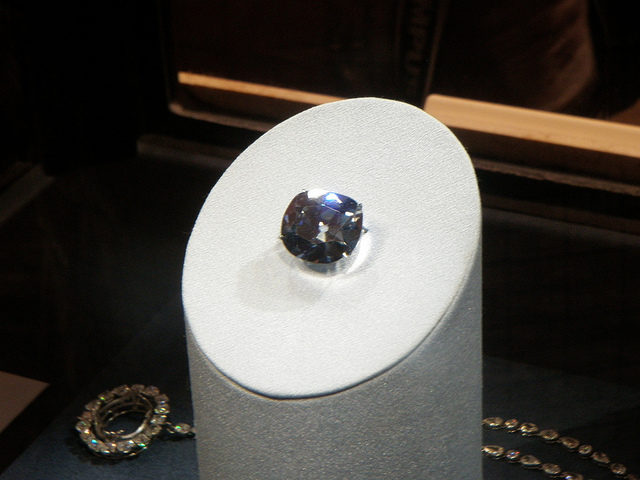
The Okavango Blue was graded by the Gemological Institute of America (GIA) as being “very, very slightly included” or VVS2.
That designation means that any internal imperfections or inclusions are extremely small and difficult for a grader to see while using a 10x magnification, making it the clearest blue diamond in the world, according to Business Insider South Africa.
The Okavango Blue Diamond – Botswana’s Rarest Diamond Yethttps://t.co/JxPjKgO4Ff via @africanexponent
— The African Exponent (@africanexponent) April 27, 2019
The Hope Diamond, by contrast, has a clarity grading of “very slightly included” or VS1, meaning that a skilled grader see some imperfections easily, while others may be more difficult to spot under 10x magnification.
Having said that, the truth is that to anyone who isn’t a trained and experienced grader of diamonds, both stones would still look perfectly clear and flawless.
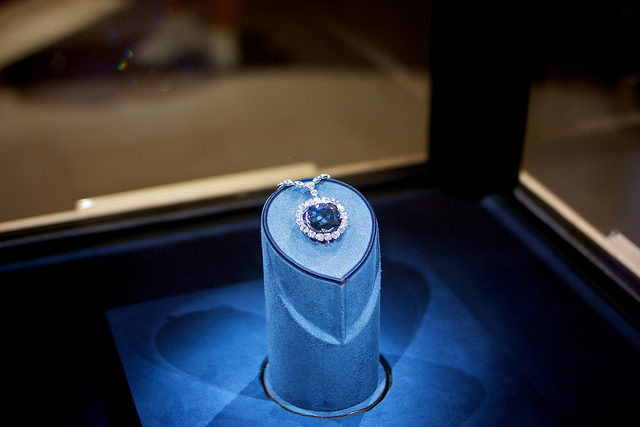
Marcus ter Haar, managing director for the Okavango Diamond Company, made a statement that to find a diamond of either that quality or color in Botswana is extremely unusual.
The Orapa mine is the largest diamond mines in the world, by area, but ter Haar said that this gem’s discovery was “a once-in-a-lifetime find, which is about as rare as a star in the Milky Way.”
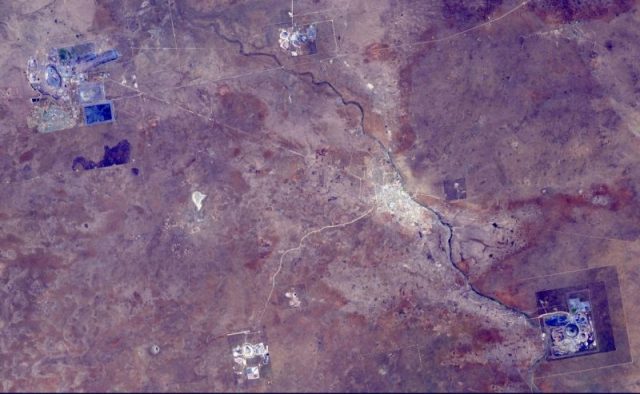
The diamond is slated to play a role in the government-driven marketing campaign for the Botswana diamond industry since the company that owns the diamond is entirely owned by the government, although chances are good it will be sold by the end of the year.
Although many people in the jewelry industry will tell you that naturally formed diamonds are vastly superior to the lab-grown variety, the industry has still been taking a hit over the last several years.
An increasing number of people have become more interested in purchasing artificial diamonds since they are both less expensive and free of the taint of the blood and violence that hangs over the diamond-mining business.
Perhaps the Botswanan government is hoping that the Okavango Blue will sway people back toward an interest in naturally formed diamonds.
Whatever its ultimate destiny, however, it’s undeniable that the gem is both remarkably beautiful and unusual.
